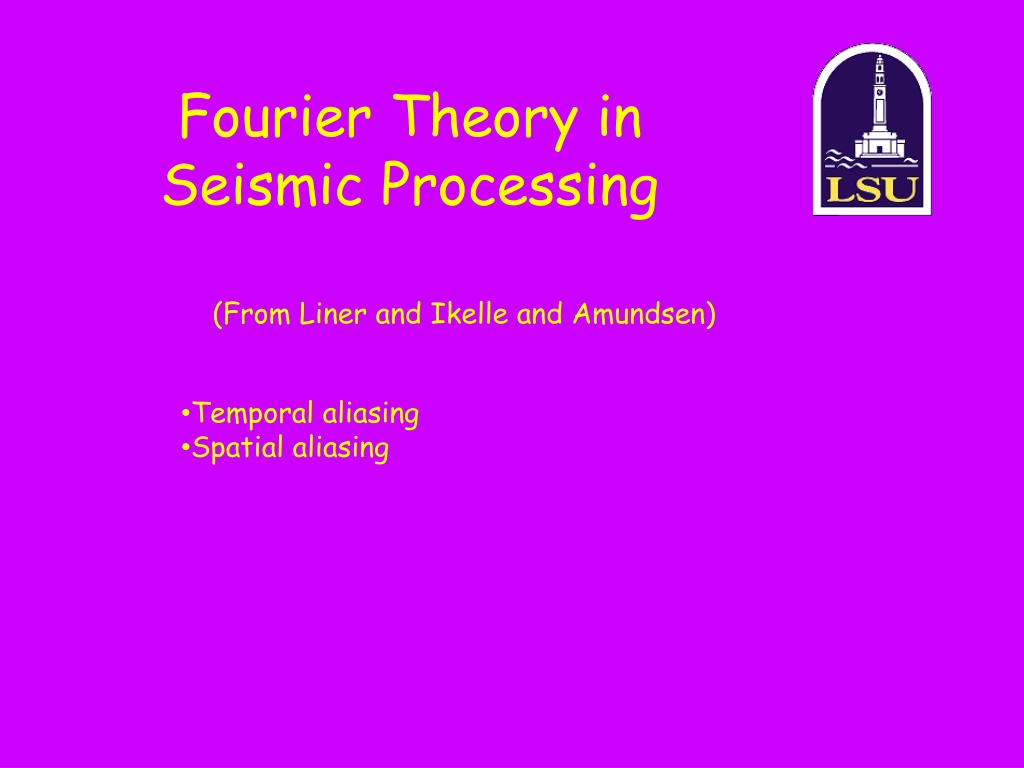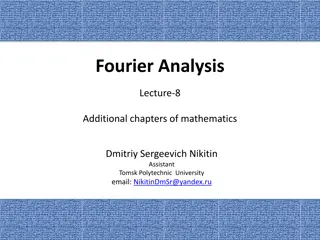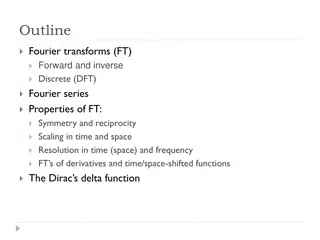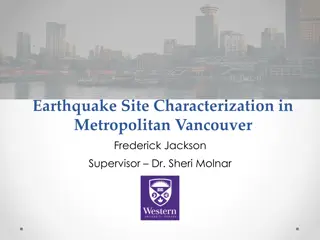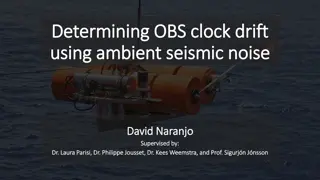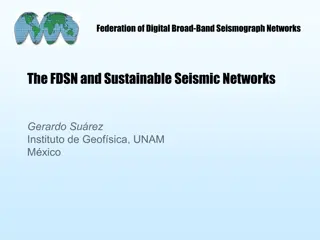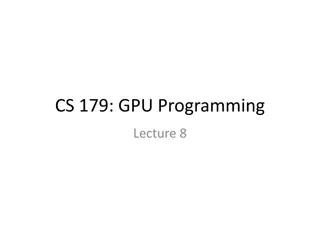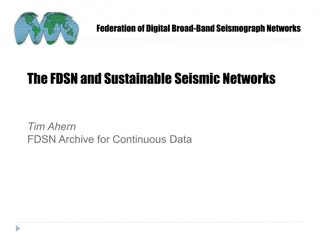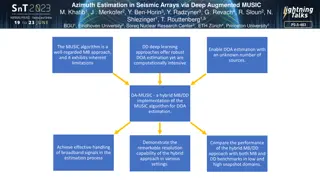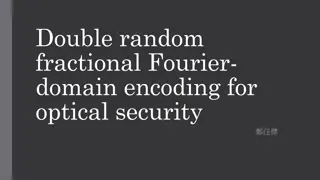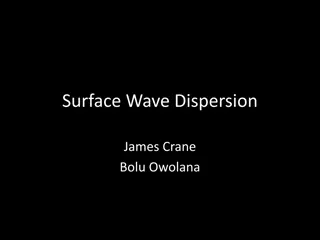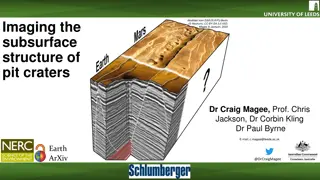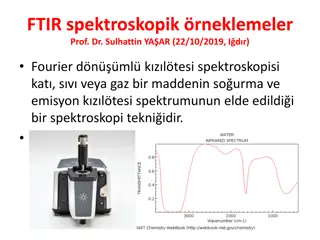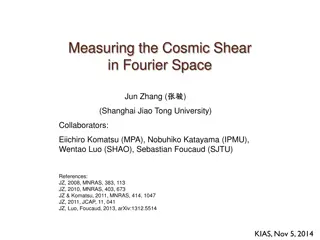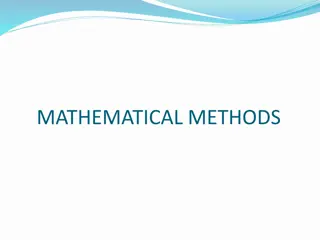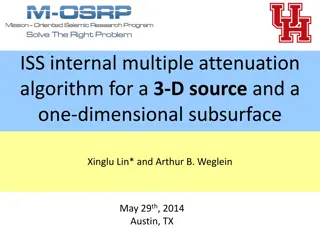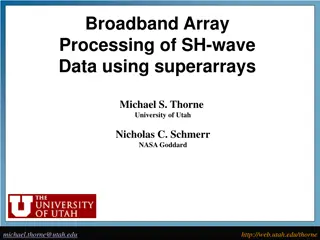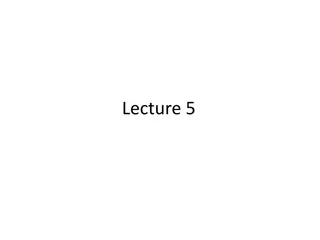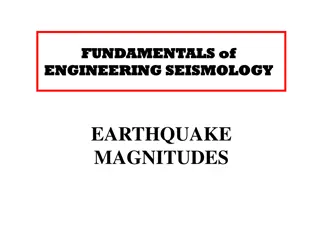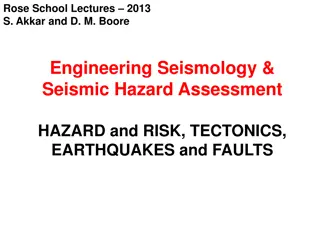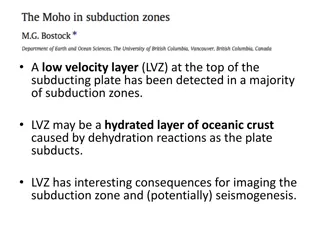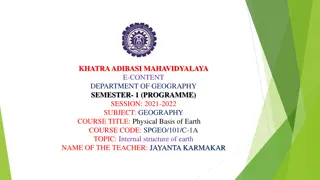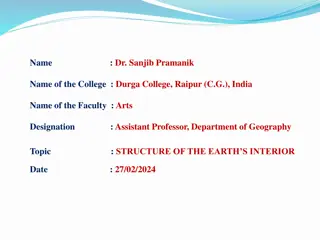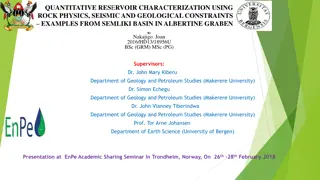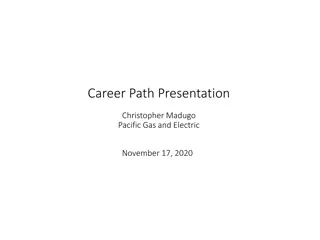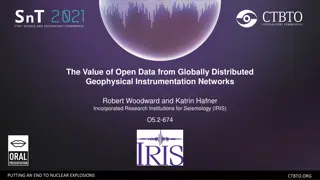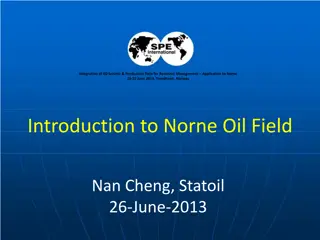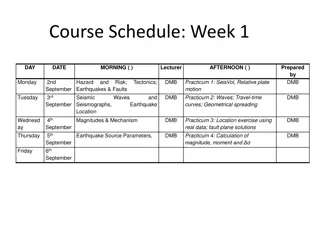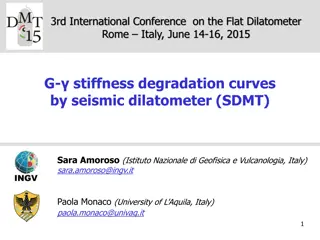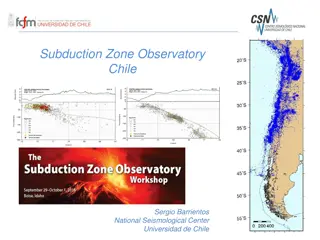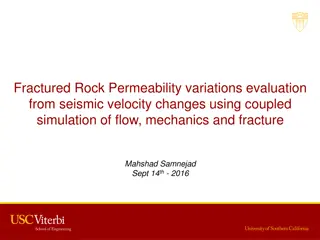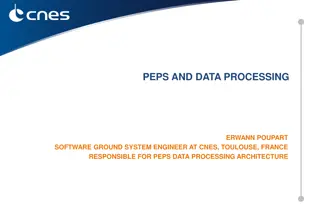Understanding Fourier Theory in Seismic Processing
Fourier theory plays a crucial role in seismic processing by helping to avoid temporal and spatial aliasing. It emphasizes the importance of sampling rates for accurate waveform reconstruction and highlights the significance of oversampling to prevent aliasing issues. Spatial aliasing is discussed in relation to spatial frequencies and wavenumbers, emphasizing the need for proper sampling techniques to capture wave behaviors effectively.
Download Presentation

Please find below an Image/Link to download the presentation.
The content on the website is provided AS IS for your information and personal use only. It may not be sold, licensed, or shared on other websites without obtaining consent from the author. Download presentation by click this link. If you encounter any issues during the download, it is possible that the publisher has removed the file from their server.
E N D
Presentation Transcript
Fourier Theory in Seismic Processing (From Liner and Ikelle and Amundsen) Temporal aliasing Spatial aliasing
Sample Rates What is the fewest number of times I need to sample this waveform per second? ? ? ?
Sample Rates What is the fewest number of times I need to sample this waveform per second? At least twice per wavelength or period! OTHERWISE .
Undersampled waveforms f f Amplitude True frequency (f -true) Reconstructed frequency (f -aliased)
Oversampled waveforms Nyquist frequency Amplitude Reconstructed frequency frequency is unaliased = True frequency (f -true) Nyquist frequency = 1 / twice the sampling rate Minimum sampling rate must be at least twice the desired frequency E.g., 1000 samples per second for 500Hz, 2000 samples per second for 1000 Hz
Oversampled waveforms Nyquist frequency Amplitude In practice we are best oversampling by double the required minimum i.e. 1000 samples per second for a maximum of 500 Hz i.e., 2000 samples per second for a maximum of 1000 Hz Oversampling is relatively cheap.
Spatial aliasing Spatial frequency, or wavenumber (k) is the number of cycles per unit distance. One spatial cycle or wavenumber = frequency/velocity. Each wavenumber must be sampled at least twice per wavelength (two CMP s per wavelength) 1 = N k 2( ) CMPspacing IN PRACTICE each wavenumber must be sampled at least four times per minimum wavelength (two CMP s per wavelength)
Spatial aliasing However, dip (theta) as well as frequency and velocity event changes the number of cycles per distance, so lambda = CMPinterval Liner, 9.7,p.192 4sin
Spatial aliasing lambda = CMPinterval 4sin x V t V t = sin limit x For aliasing NOT to occur, delta(t) must be less than T/2
Spatial aliasing VT = sin limit 2 x VT = x lim it 2sin
1/4 wavelength shift per trace total shift across array=3/4 wavelength K=+ or -ve?
1/4 wavelength shift per trace total shift across array=3/4 wavelength K=?
1/2 wavelength shift per trace total shift across array=3/2 wavelength K=0
3/4 wavelength shift per trace total shift across array=2 1/4 wavelength
